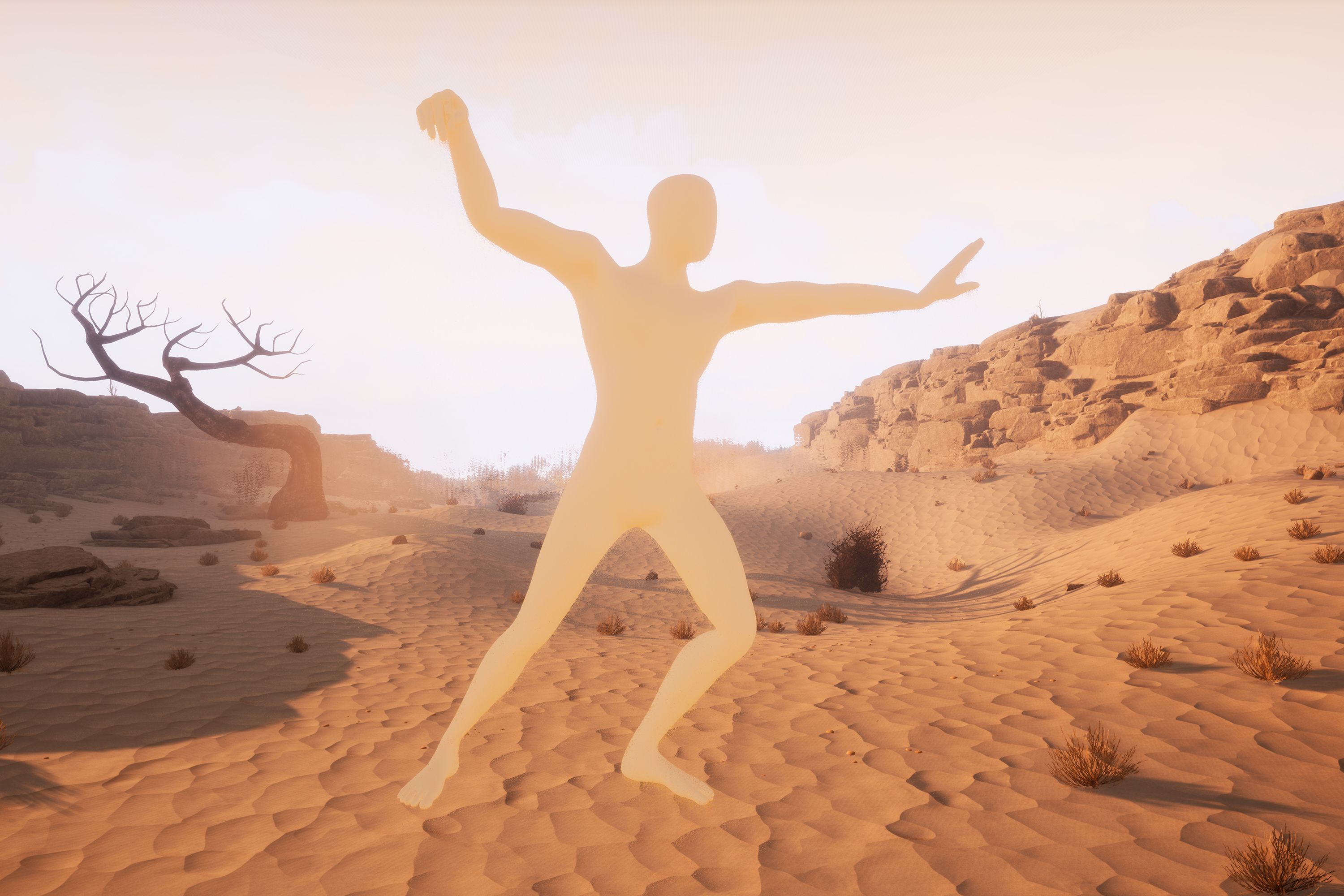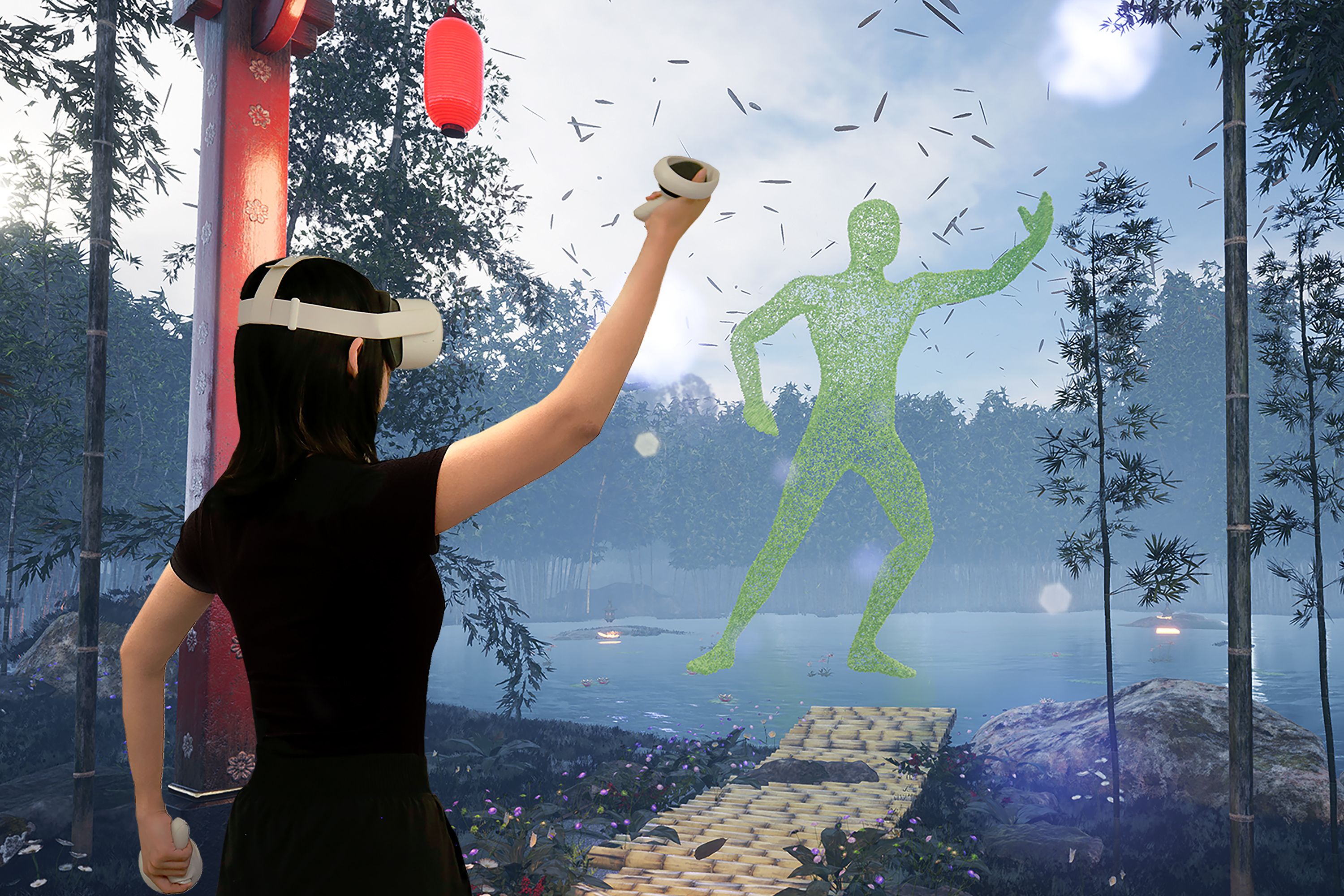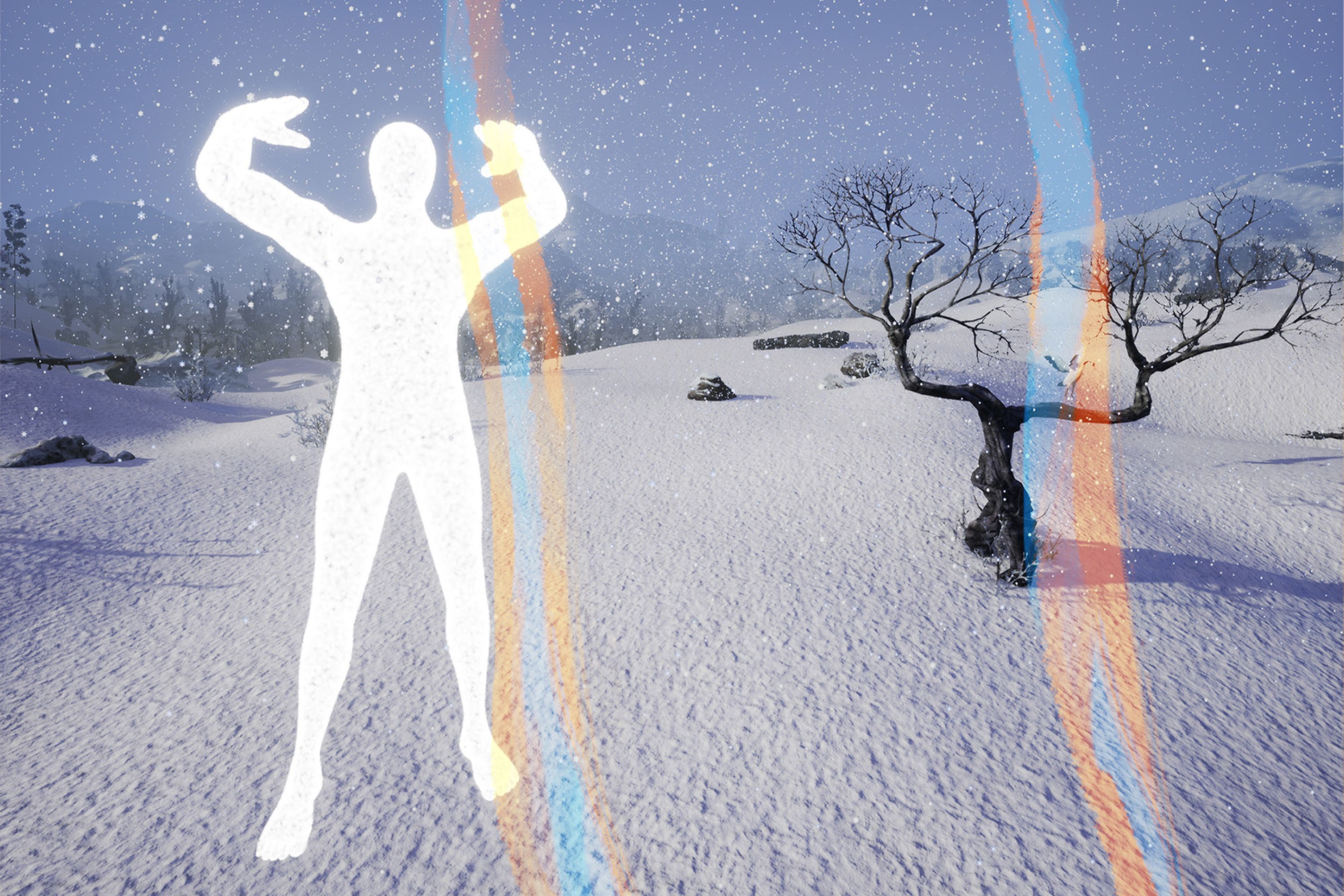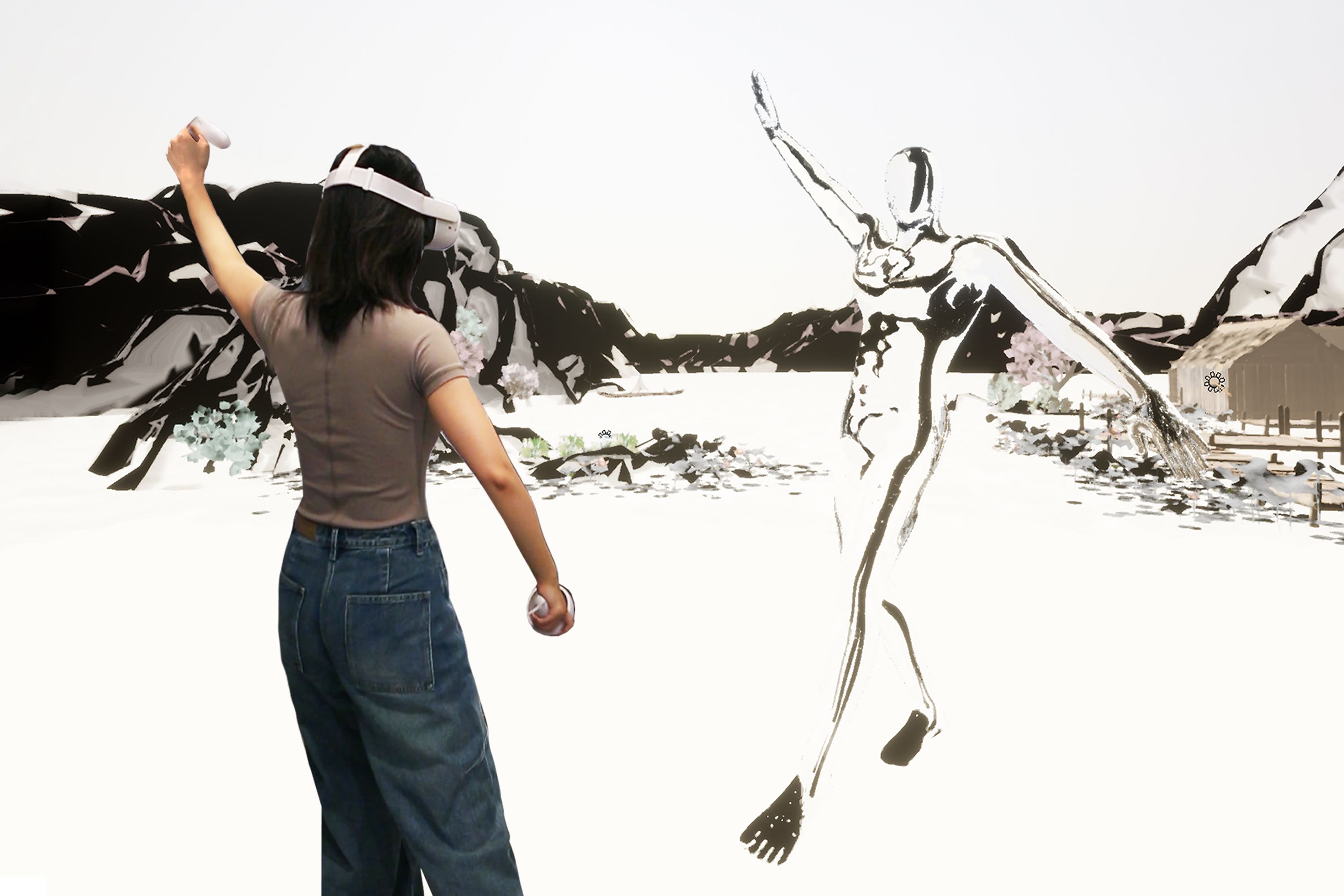
Designers
Xianghan Wang
Year
2024
Category
Product
Country
United States

Three questions for the project team
What was the particular challenge of the project from a UX point of view?
The main challenge of The Rhythm of Tai Chi was bridging the gap between traditional Tai Chi practice and modern virtual reality, which required balancing technology with culture to create an immersive learning experience. This involved designing interactive elements and an awarding system that enhanced learning without deviating from Tai Chi principles, which prioritize relaxation of both body and mind. To achieve this, I decided not to use a scoring system, allowing users to focus more on experiencing the rhythm of Tai Chi. By interacting with elements within the environment, users can feel the connection between practicing Tai Chi and strengthening the bond between humans and nature.
What was your personal highlight in the development process? Was there an aha!-moment, was there a low point?
One personal highlight in the development process was finding an innovative way to help young people understand the concept of 'Qi,' which is often seen as too abstract. Practicing Tai Chi can also be monotonous, so the 'aha!' moment was realizing how VR could visually represent 'Qi' to make it more intuitive and engaging. Instead of using a scoring system, I decided to provide real-time feedback by having users leave a visual trail of 'Qi' as they practice. The brightness and thickness of the trail indicate the accuracy of their movements, keeping them engaged and informed about their performance. This approach not only keeps users engaged but also provides immediate, visually appealing feedback on their performance.
Where do you see yourself and the project in the next five years?
In the next five years, I believe Rhythms of Tai Chi will continue to celebrate the rich legacy of Tai Chi. As awareness grows about the benefits of Tai Chi for managing stress and promoting well-being in our fast-paced lives, the project will serve as a convenient platform for regular practice. Combining cultural heritage with modern technology, The Rhythm of Tai Chi will empower users to explore mindfulness and self-discovery through immersive VR experiences. Looking ahead, I also see the potential for this project to extend its impact beyond Tai Chi, possibly documenting and educating about other cultural martial arts like Brazilian Capoeira or Japanese Kendo, using VR to preserve and rekindle interest in these traditions.


